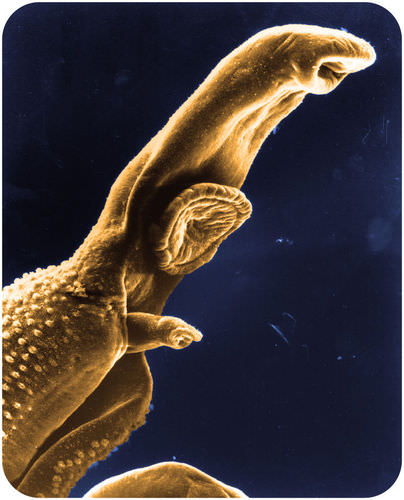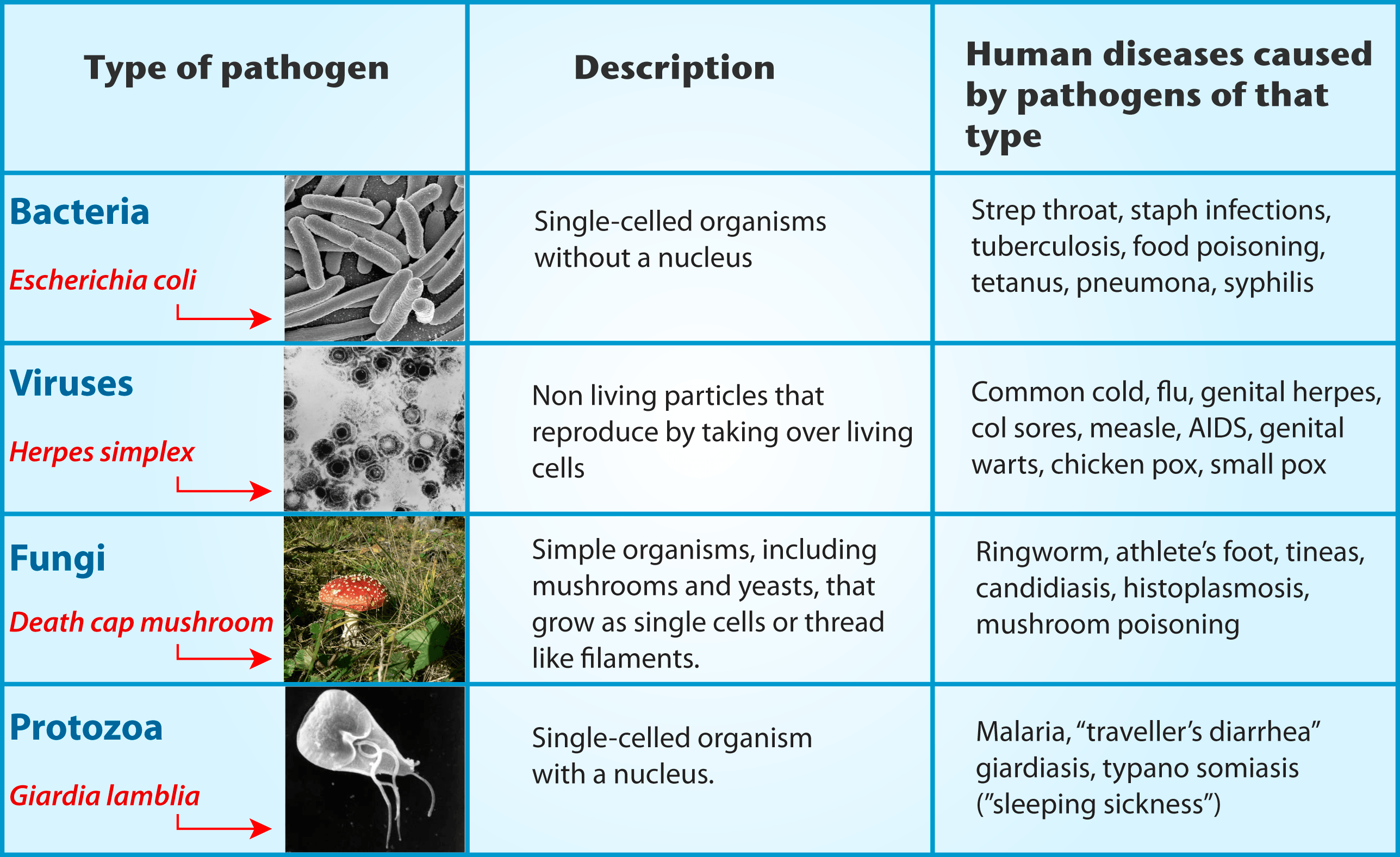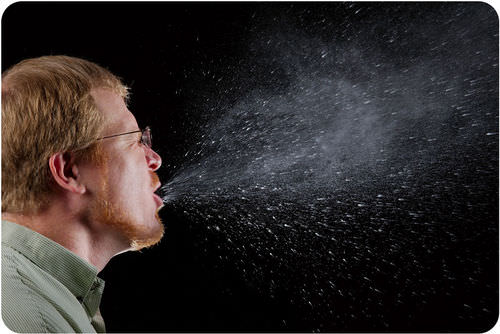13.39: Innate Immune System
- Page ID
- 13313

How does your body keep most enemies out?
Many would consider the moat around this castle, together with the thick stone castle walls, as the first line of defense. Their role is to keep the enemy out, and protect what's inside.
The First Line of Defense

Does this organism look like a space alien? A scary creature from a nightmare? In fact, it’s a 1-cm long worm that lives in the human body and causes serious harm. It enters the body through a hair follicle of the skin when it’s in a much smaller stage of its life cycle. Like this worm, many other organisms can make us sick if they manage to enter our body. Fortunately for us, our immune system is able to keep out most such invaders.
The immune system protects the body from worms, germs, and other agents of harm. The immune system is like a medieval castle. The outside of the castle was protected by a moat and high stone walls. Inside the castle, soldiers were ready to fight off any invaders that managed to get through the outer defenses. Like a medieval castle, the immune system has a series of defenses. In fact, it has three lines of defense. Only pathogens that are able to get through all three lines of defense can harm the body.
The body’s first line of defense consists of different types of barriers that keep most pathogens out of the body. Pathogens are disease-causing agents, such as bacteria and viruses. These and other types of pathogens are described in Figure below. Regardless of the type of pathogen, however, the first line of defense is always the same.
 Types of pathogens that commonly cause human diseases include bacteria, viruses, fungi, and protozoa. Which type of pathogen causes the common cold? Which type causes athlete’s foot?
Types of pathogens that commonly cause human diseases include bacteria, viruses, fungi, and protozoa. Which type of pathogen causes the common cold? Which type causes athlete’s foot?Mechanical Barriers
Mechanical barriers physically block pathogens from entering the body. The skin is the most important mechanical barrier. In fact, it is the single most important defense the body has. The outer layer of the skin is tough and very difficult for pathogens to penetrate.
Mucous membranes provide a mechanical barrier at body openings. They also line the respiratory, GI, urinary, and reproductive tracts. Mucous membranes secrete mucus, a slimy substance that traps pathogens. The membranes also have hair-like cilia. The cilia sweep mucus and pathogens toward body openings where they can be removed from the body. When you sneeze or cough, pathogens are removed from the nose and throat (see Figure below). Tears wash pathogens from the eyes, and urine flushes pathogens out of the urinary tract.
 A sneeze can expel many pathogens from the respiratory tract. That’s why you should always cover your mouth and nose when you sneeze.
A sneeze can expel many pathogens from the respiratory tract. That’s why you should always cover your mouth and nose when you sneeze.Chemical Barriers
Chemical barriers destroy pathogens on the outer body surface, at body openings, and on inner body linings. Sweat, mucus, tears, and saliva all contain enzymes that kill pathogens. Urine is too acidic for many pathogens, and semen contains zinc, which most pathogens cannot tolerate. In addition, stomach acid kills pathogens that enter the GI tract in food or water.
Biological Barriers
Biological barriers are living organisms that help protect the body. Millions of harmless bacteria live on the human skin. Many more live in the GI tract. The harmless bacteria use up food and space so harmful bacteria cannot grow.
Summary
- Barriers that keep out pathogens are the body’s first line of defense.
- The first line of defense includes mechanical, chemical, and biological barriers.
Review
- What is the role of the body’s first line of defense?
- Identify three types of barriers in the body’s first line of defense. Give an example of each type of barrier.
- Which type of pathogen causes the common cold? Which type causes athlete’s foot?
| Image | Reference | Attributions |
 |
[Figure 1] | Credit: James Gathany/Centers for Disease Control and Prevention Source: commons.wikimedia.org/wiki/File:Sneeze.JPG License: CC BY-NC |
 |
[Figure 2] | Credit: Bruce Wetzel/Harry Schaefer/National Cancer Institute, colorized by Sam McCabe Source: http://visualsonline.cancer.gov/details.cfm?imageid=1762 License: Public Domain |
 |
[Figure 3] | Credit: Rocky Mountain Laboratories Source: en.Wikipedia.org/wiki/Image:EscherichiaColi_NIAID.jpg ; en.Wikipedia.org/wiki/File:Herpes_simplex_virus_TEM_B82-0474_lores.jpg ; commons.wikimedia.org/wiki/File:Red_death_cap_mushroom.jpg ; commons.wikimedia.org/wiki/File:Giardia_lamblia_SEM_8698_lores.jpg License: CC0 / Public Domain |
 |
[Figure 4] | Credit: James Gathany/Centers for Disease Control and Prevention Source: commons.wikimedia.org/wiki/File:Sneeze.JPG License: CC0 / Public Domain |

